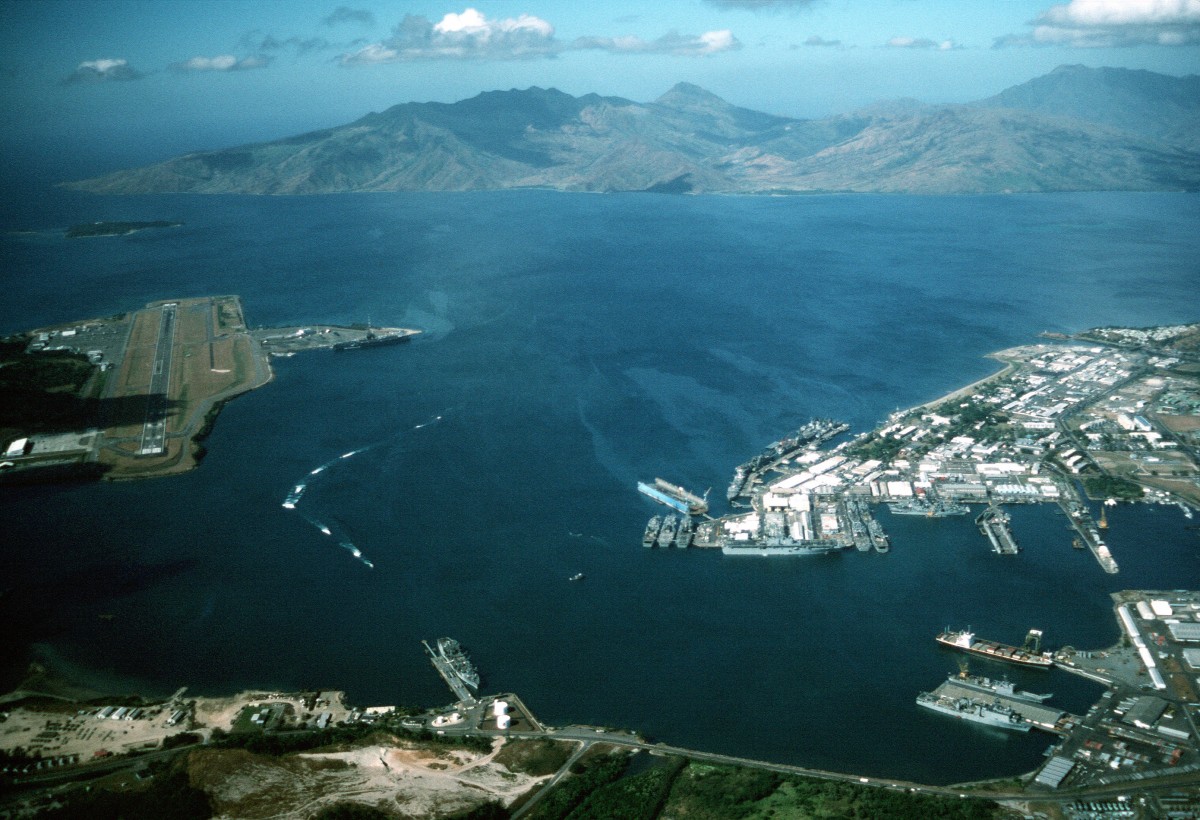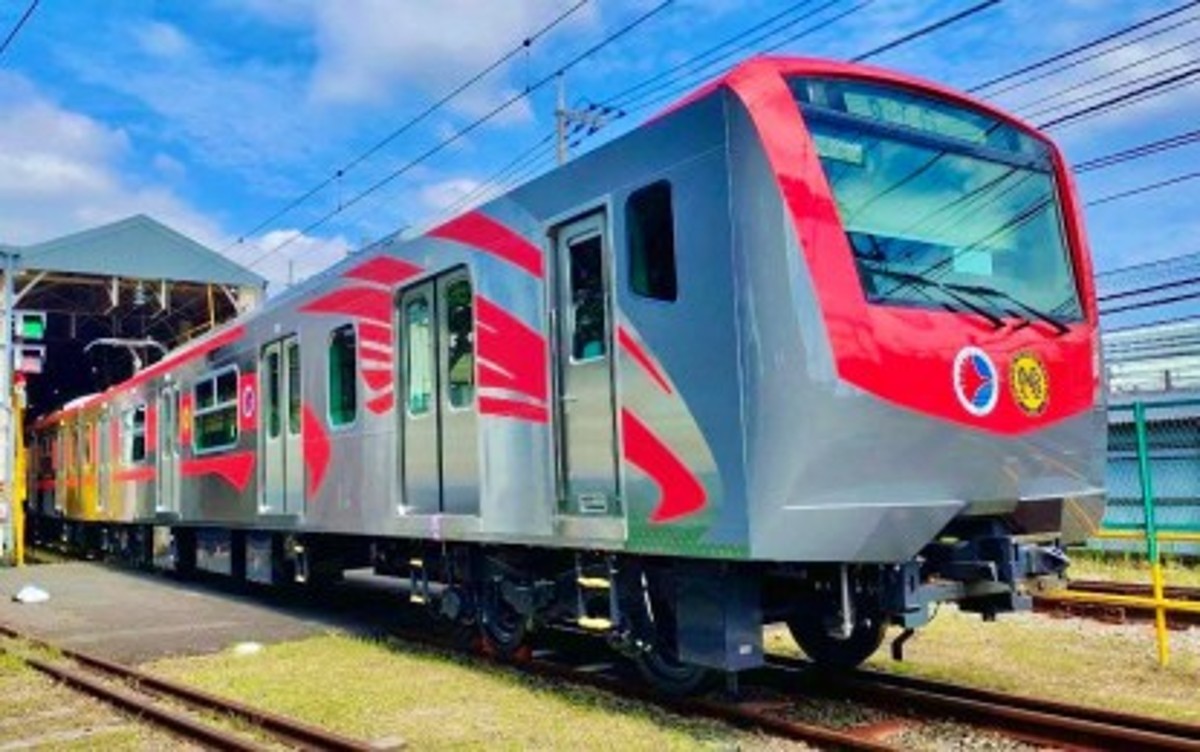The Philippines is seeking financial support from Japanese and American lenders to reinvigorate the $850 million Subic-Clark railway project after China pulled out from the initiative.
The proposed railway aims to connect former US military bases — now commercial hubs — and is set to be a crucial part of the Luzon Economic Corridor. This corridor represents a collaborative economic project between the United States, Japan, and the Philippines, conceived during a recent trilateral summit at the White House.
The Bases Conversion and Development Authority (BCDA), which manages redevelopment projects on former US military bases since their withdrawal in the early 1990s, is spearheading the Subic-Clark railway project. This freight railway is intended to link Subic, a former US Navy base, and Clark, which once housed a US Air Force base.
The agency now hopes that with China’s withdrawal, US and Japanese lenders may step in to revitalize the entire project. Further, BCDA is also seeking to draw investment from additional sources, such as Australia and India.
Delfin Lorenzana, chairperson of the Bases Conversion and Development Authority (BCDA), highlighted this in a recent interview with Nikkei Asia.
“We hope that one of the Japanese companies or the Japanese financing arm of the government … [will] finance this project,” Lorenzana stated. He mentioned the Japan International Cooperation Agency (JICA) and the Japan Overseas Infrastructure Investment Corporation for Transport & Urban Development (JOIN) as potential financiers for the project.
The search for new funding sources became urgent after China pulled out of the project in July 2022, during the presidential transition from Rodrigo Duterte to Ferdinand Marcos Jr. The Chinese government’s decision also affected two other railway projects in the Philippines.
“Our economic team is already engaged in negotiations with the governments of Japan and the US for project finance,” Lorenzana said, referring to efforts to secure new investors.
He noted that Joshua Bingcang, president and CEO of BCDA, visited Tokyo in June with an economic delegation that included Special Assistant to the President for Investment, Economic Affairs Frederick Go, to advance these discussions.
F-16s “Sitting Ducks” For Russian MiG-31 Fighters? Putin Warns Of Consequences Over Fighting Falcons
“We hope that we will attract more American and Japanese investors to our property in Clark,” Lorenzana added, underscoring the strategic importance of attracting foreign investments to the region.
Beyond the US and Japan, BCDA is also eyeing investments from other international companies. Australian battery manufacturer StB GigaFactory is set to commence operations in Clark’s industrial park in August, with plans to produce batteries for 300,000 electric vehicles annually for export to the US.
Lorenzana expressed optimism about further investments, noting ongoing discussions with an Indian pharmaceutical company looking to expand in Southeast Asia and a Middle Eastern cooling system company. However, the Philippine official opted not to reveal the names of the companies currently engaged in discussions.

Luzon Economic Corridor
The Subic-Clark freight railway project plays a crucial role in the Luzon Economic Corridor, a significant infrastructure endeavor designed to improve connectivity between Subic, Clark, Manila, and Batangas, all situated on Luzon Island. This ambitious project seeks to link three primary ports, two international airports, and an industrial park in the northern Philippines.
The Luzon Economic Corridor is a key example of economic collaboration between the US, Japan, and the Philippines. It was conceived during their inaugural trilateral summit at the White House in April. The first official-level meeting on this corridor took place in Manila in May.
The Philippine government aims to commence construction of the Subic-Clark-Manila-Batangas railway — central to the Luzon Economic Corridor — by 2027.
This 250-kilometer railway will connect Subic and Batangas, traversing through Metro Manila. It is expected to enhance logistics, lower transportation costs, and foster greater economic integration across the region.
In addition to the railway, the BCDA is focused on upgrading Clark and its surrounding areas, which currently feature an airport, hotels, shopping malls, residential zones, and an industrial park.

Plans are underway to enhance infrastructure, including power, water, and internet services, to position Clark as a major business and commercial center in the country.
Delfin Lorenzana noted, “We currently have one runway at Clark airport, but we are planning to add another within the next five years” to accommodate more flights and alleviate air traffic congestion in Manila.
The airport’s master development plan includes a third runway, which, once fully operational, is projected to handle between 60 million and 80 million passengers annually. This is a significant increase from the 45 million passengers processed by Manila Airport in 2023.
The development of the economic hub is anticipated to boost investments in critical infrastructure projects. These include railways, port modernization, clean energy, semiconductor supply chains, and agribusiness, all aimed at stimulating economic growth.
- Contact the author at ashishmichel(at)gmail.com
- Follow EurAsian Times on Google News




